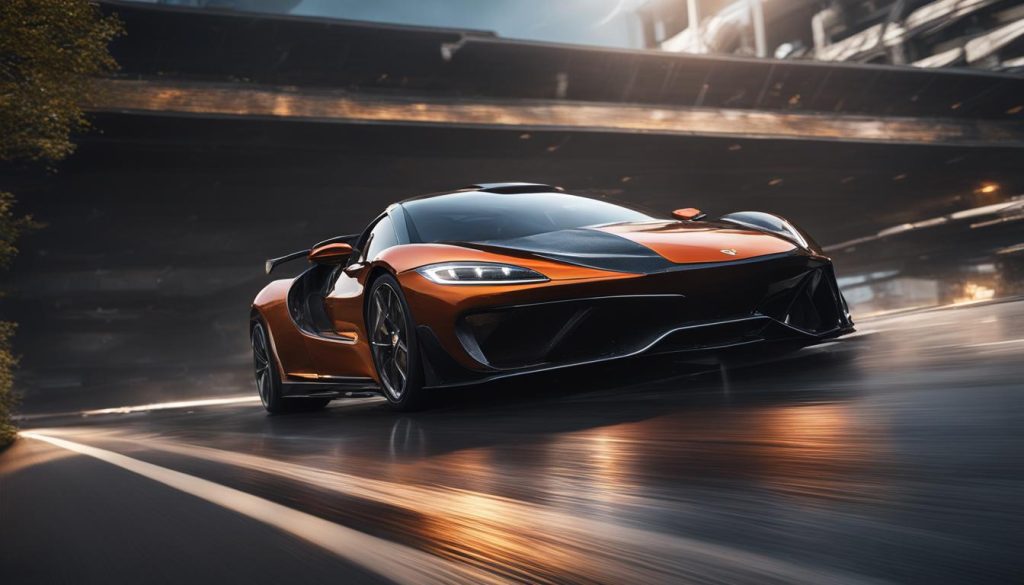In a hobby filled with high-powered muscle cars, precision-handling sports cars, and fantastically styled exotic cars, it might seem strange to heap praise on the lowly station wagon. But hang around car people long enough and you’ll come to appreciate the mighty wagon and the special type of enthusiasts who drive them.
To be clear, when I say station wagon, I’m talking about a very specific vehicle type. A sedan-based car with a long roof enclosing a functional, enclosed utility area in place of a conventional trunk. Truck-based utility vehicles like Suburbans are close relatives, but they’re a different branch of the family tree altogether. And most of today’s lifted hatchback-based crossovers are from a different clan entirely.
The station wagon emerged as a solution to a genuine need, with origins predating the automobile itself. The earliest ones were horse-drawn wagons used by hotels to pick up and drop off train passengers at the station. Hence, the station wagon. It was only natural that its essential form – comfortable seating accommodations for several passengers combined with ample space for their luggage and other personal belongings – would eventually be adapted to motorcars in the early 20th century.


The earliest examples were coach-built conversions of sedans and trucks, the wagon back-end often crafted from wood (aka – the woody wagon). But the strong post-WWII economy and its booming population made factory-built station wagons popular in America from the 1950s through the early ‘70s. Eisenhower’s 1956 signing of the Federal Aid Highway Act kicked things in high gear. A whole generation of families routinely packed up their station wagons to explore the vastness of the American landscape. Never mind the wood paneling was now fake.
The station wagon boom was hardly exclusive to America. As other countries’ economies recovered in the post-war years, their own automakers saw value in more spacious family cars. European families, who often owned just one vehicle, saw wagons as a smart choice for all-around use in the 1970s. Taking up no more space than a comparable sedan, the wagon offered maximum utility in Europe’s more compact settings.
But as the masses took the station wagon at face value, certain enthusiasts saw value in its wolf-in-sheep’s-clothing appearance. It wasn’t long before muscle-car drivetrains started finding their way under the hoods of those wood-clad workaday wonders. Sleeper cars had been around at least since the moonshine runners of the Prohibition Era, but the advent of the power wagon took the game to a whole new level.


It’s easy to find favor with the crowd by driving a Z/28 or Mustang GT 350. But it takes a different kind of swagger to roll into a cruise night in a Vista Cruiser. Whether it’s hot rodded or not, showing up in an American station wagon always makes you a bit of a lone wolf. Not everyone is cut out for it, and that’s the point in the first place.
In import circles, however, station wagons are often treated with a higher degree of respect. They’re far rarer, for one thing, at least stateside. And in many cases, they’re considerably more prestigious than their sedan counterparts, especially those from Germany’s top carmakers. Hell, Volvo took their wagons to the racetrack and cleaned house. What they lacked in square acreage compared to their Yank Tank counterparts they made up for with luxurious accommodations and athletic performance.


The ’80 and ‘90s s saw minivans take over as the predominant form of family travel, followed by SUVs for the next couple decades. Today there are but a handful of true wagons still for sale on dealer lots, supplanted by crossover utilities. Like Route 66 and so many other institutions of American motoring, the glory days of the station wagon are all but a memory.
But for some of us, those days never ended. Whether you appreciate their everyday practicality, their unbeatable utility, or their stealth personality, station wagons are and always will be the ultimate underdog car. And that’s alright by me.


#Ode #Humble #Station #Wagon










